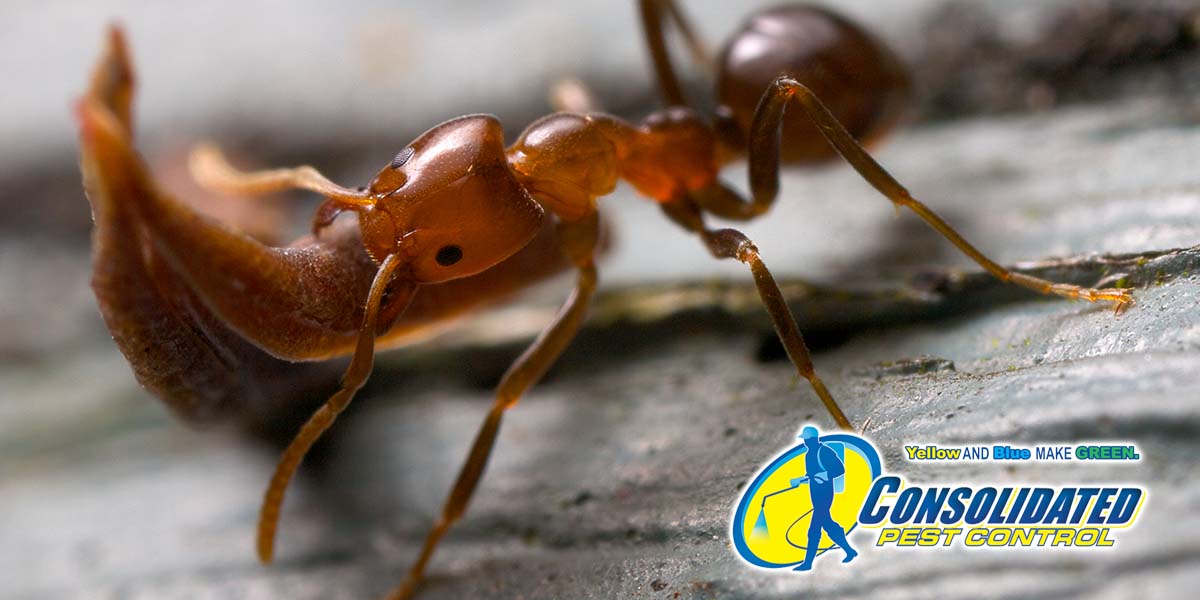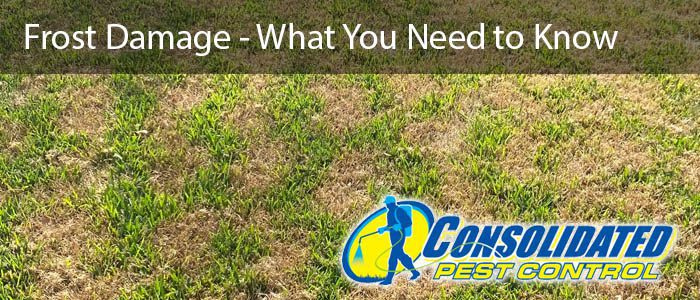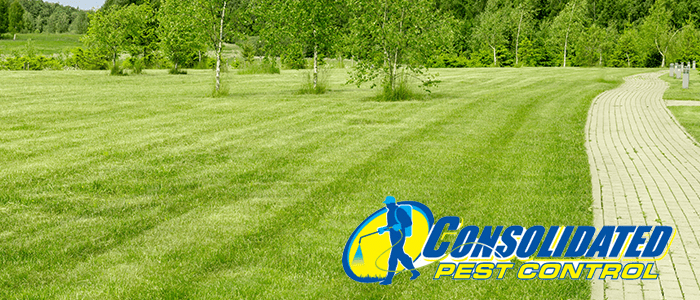
In recent years, insects from abroad that have been introduced to the United States. Over time, these pests of foreign origin have gained the term of being called an invasive species, since they typically find their way into the United States from exotic locations. Invasive species are introduced in a variety of manner, such as residents releasing them into the wild, both accidentally and intentionally, and pests hitching rides from overseas in both cargo ships and planes.
Invasive pests often don’t typically have natural predators in the U.S., which causes their populations to become unregulated and grow quickly. This can make them especially dangerous once they are introduced and begin to thrive. In fact, many invasive species have been known to cause extensive property damage, spread disease and pose significant threats to the U.S. agricultural industry.
Within the past few years alone, there have been some unique invasive insects and mammals have made headlines across the country. Many of such species have appeared in our very own backyard. In this article, we are going to review such species.
Giant African Land Snails
These enormous mollusks, properly named as the Giant African Land Snail, are believed to have first been imported as pets and for educational purposes. They began showing up in the wild right here in Florida during the year 2011. They are able to grow to the same size as large rats and have a lifespan of up to eight years.
According to the Florida Department of Agriculture, these giant snails have voracious appetites and can consume at least 500 different types of native Flordia plants, which makes them a serious threat to our agricultural industry. These pests can also cause structural damage to plaster and stucco and are able to carry a parasitic nematode that can lead to a rare and serious form of meningitis in any person who happens to touch them. These snails have been known to consume rat feces that contain larval lungworm traces which causes them to harbor the dangerous parasite in their mucus. If you see one of these giant pests, be sure to handle it with care.
Gambian Pouched Rats
Another problematic invasive pest species that are present in Florida is the Gambian pouched rat. Most likely, this pest was originally released by a resident who had been breeding them on the island of Grassy Key, located in the Florida Keys. These rats are the largest in the world and can grow up to 35 inches long while weighing up to nine pounds. These rodents lack a natural predator to limit their population, meaning their presence in the US could potentially alter the local ecosystem.
Conehead (Tree) Termites
Conehead termites are a third invasive species that has the potential to cause severe environmental, structural and economic damage. They are native to the Caribbean and were first found in Florida in 2001. Their name comes from the distinctive teardrop-shaped head of the soldier conehead termites. This species is highly adaptable and will quickly consume trees, shrubs, roots, structures, fences, wooden furniture, scrap wood, paper products and most likely any other item that has been made from cellulose. The conehead termite is challenging to control simply for the fact that they are able to survive in a large variety of habitats and don’t rely on underground tunneling to travel.
Conehead termites are an extremely aggressive species that are and capable of causing widespread property damage in a short period of time. It is important for all conehead termite sightings to be reported, whether or not they are causing property damage, in order to eradicate the species before they become firmly entrenched in the U.S.
If you or anyone you know encounters an invasive pest, be sure to contact a pest control professional immediately to prevent the further spread of the invasive pest populations. Trained professionals will be able to identify the species and recommend a course of action to control the infestation before it becomes a problem..








